Question: What is a black hole?
What is a black hole? When do black holes form? Can scientists see a black hole? What is the "event horizon" of a black hole?
Answer: A black hole is a theoretical entity predicted by the equations of general relativity. A black hole is formed when a star of sufficient mass undergoes gravitational collapse, with most or all of its mass compressed in a sufficiently small area of space, causing an infinite space-time curvature at that point (a "singularity" ). Such massive curvature of space-time does not allow anything, not even light, to escape from the "event horizon" or border.
Black holes have never been observed directly, although predictions of their effects have coincided with observations. There are a handful of alternative theories, such as magnetospheric eternal collapsing objects (MECO), to explain these observations, most of which avoid the uniqueness of space-time in the center of the black hole, but the vast majority of physicists believe that The explanation of the black hole is the most likely physical representation of what is happening.
1. Black holes before relativity
In the 1700s, there were those who proposed that a supermassive object could attract light to him. Newtonian optics was a corpuscular theory of light, which treated light as particles.
John Michell published an article in 1784 predicting that an object with a radius 500 times greater than that of the sun (but with the same density) would have an escape velocity of the speed of light on its surface and, therefore, would be invisible. However, interest in the theory died in the 1900s, since the wave theory of light took prominence.
When reference is rarely made in modern physics, these theoretical entities are called "dark stars" to distinguish them from true black holes.
How big are black holes?
Black holes can be large or small. Scientists think that the smallest black holes are as small as a single atom. These black holes are very small but have the mass of a great mountain. Mass is the amount of matter or "things" in an object.
Another type of black hole is called "stellar." Its mass can be up to 20 times more than the mass of the sun. There may be many, many black holes of stellar mass in the Earth's galaxy. The Earth's galaxy is called the Milky Way.
The largest black holes are called "supermassive." These black holes have masses that are more than 1 million soles together. Scientists have found evidence that each large galaxy contains a supermassive black hole in its center. The supermassive black hole in the center of the galaxy, the Milky Way, is called Sagittarius A. It has a mass equal to approximately 4 million soles and fits into a very large ball that could contain a few million Lands.
What is a black hole? When do black holes form? Can scientists see a black hole? What is the "event horizon" of a black hole?
Answer: A black hole is a theoretical entity predicted by the equations of general relativity. A black hole is formed when a star of sufficient mass undergoes gravitational collapse, with most or all of its mass compressed in a sufficiently small area of space, causing an infinite space-time curvature at that point (a "singularity" ). Such massive curvature of space-time does not allow anything, not even light, to escape from the "event horizon" or border.
Black holes have never been observed directly, although predictions of their effects have coincided with observations. There are a handful of alternative theories, such as magnetospheric eternal collapsing objects (MECO), to explain these observations, most of which avoid the uniqueness of space-time in the center of the black hole, but the vast majority of physicists believe that The explanation of the black hole is the most likely physical representation of what is happening.
1. Black holes before relativity
In the 1700s, there were those who proposed that a supermassive object could attract light to him. Newtonian optics was a corpuscular theory of light, which treated light as particles.
John Michell published an article in 1784 predicting that an object with a radius 500 times greater than that of the sun (but with the same density) would have an escape velocity of the speed of light on its surface and, therefore, would be invisible. However, interest in the theory died in the 1900s, since the wave theory of light took prominence.
When reference is rarely made in modern physics, these theoretical entities are called "dark stars" to distinguish them from true black holes.
How big are black holes?
Black holes can be large or small. Scientists think that the smallest black holes are as small as a single atom. These black holes are very small but have the mass of a great mountain. Mass is the amount of matter or "things" in an object.
Another type of black hole is called "stellar." Its mass can be up to 20 times more than the mass of the sun. There may be many, many black holes of stellar mass in the Earth's galaxy. The Earth's galaxy is called the Milky Way.
The largest black holes are called "supermassive." These black holes have masses that are more than 1 million soles together. Scientists have found evidence that each large galaxy contains a supermassive black hole in its center. The supermassive black hole in the center of the galaxy, the Milky Way, is called Sagittarius A. It has a mass equal to approximately 4 million soles and fits into a very large ball that could contain a few million Lands.
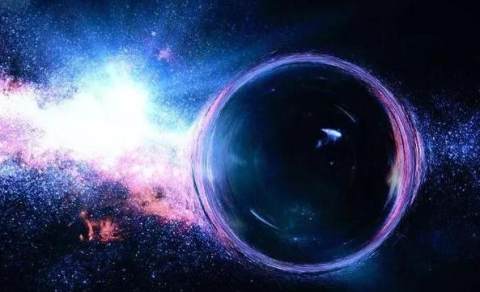
Although we don't know much about the universe, there are so many things that we are familiar with, including black holes. Over the years, the concept of the black hole has been talked about everywhere, whether in film and television works or science fiction. Even the organizational form of some companies has applied the term black hole. In the face of this extremely mysterious and complex, but very familiar thing, how much do we know about it?
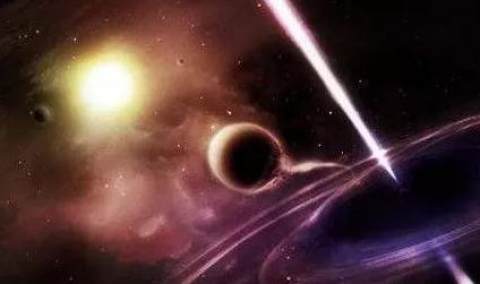
If you pull an ordinary person to ask casually, he may say that this is an object that devours everything. His huge mouth devours everything in the universe, and even light can't get rid of it. This answer basically describes the state of the black hole, but it is only a superficial answer. The key question is that black holes devour everything, but where is the matter they devour? This side of the black hole devours everything, so what is there at the other end of the black hole? I'm afraid most people don't know that. Today, we will explore the mystery of another end of a black hole through the principle of space interpretation.
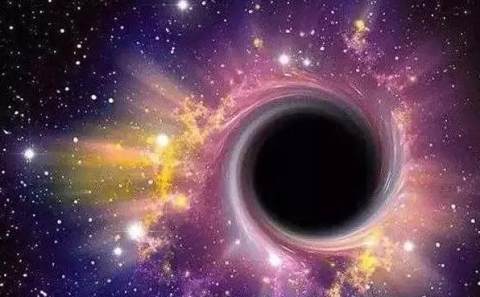
In theory, black holes are the product of star exploration.No matter how powerful its gravity is, it is essentially a celestial body with actual mass, and it never is an empty existence. But because of its extreme gravity, it not only distorts space but also consumes light, which makes it a unique existence in the universe.
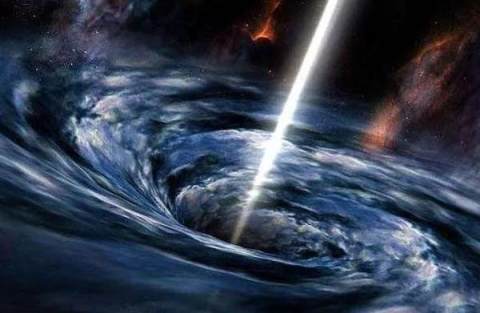
Because we can find that the universe is actually a geometric structure through the proof of gravitational wave. Although it is not up and down, it is always affected by various forces. It can be compared to figuratively, in a coordinate that does not know how many dimensions. Any object in the universe will affect the coordinates around it because of its gravity. And these coordinates are expressed by human symbols, that is, time and space.
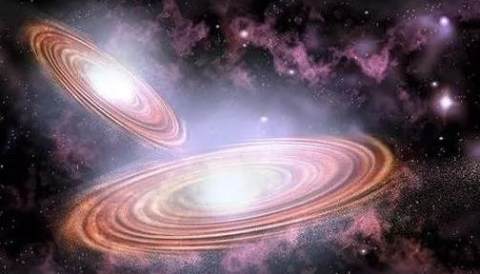
If we use the human space scale to describe black holes, the strong gravity of black holes completely distorts the coordinates of space. If in a God's view, all the coordinates around the black hole are entangled and fused by it. It's like a giant frog in a spider's web. All the space trajectories are integrated into the black hole.
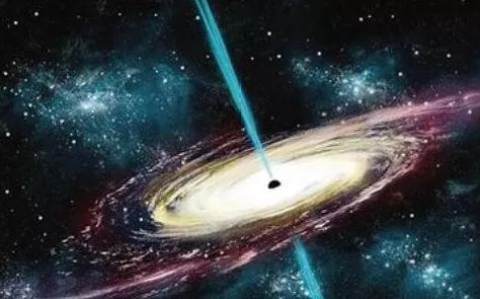
If the universe is compared to a highway, every celestial body in it must follow its path. But the black hole will completely twist and fold the road, or even overlap, so the distance between the two, which is far away from the original, will be directly overlapped in a twisted way, and this directly forms a door of space.
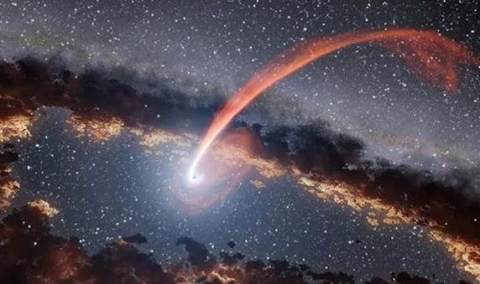
Some scientists also think that the relationship between black holes and the universe is like putting a very heavy iron ball on a thin film. Its powerful mass smashes through the film, causing all objects passing through it to sink into it. So we see the surface of the universe, which is actually an entrance, it devours all possible objects. But at the other end of it, there is a thing called a white hole. This white hole and the black hole have the opposite properties: one crazy absorption, another crazy release.
The direction of its release is another universe.
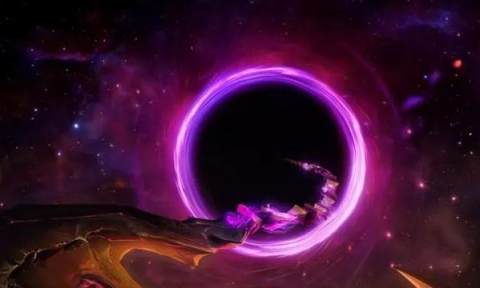
If the theory of gravitational waves is correct, black holes can distort the invisible space. So when the spatial structure is distorted to the extreme, the two points that are far away from each other will also overlap in an alternative way, just like we fold paper. So we use space theory to explain that the black hole is probably a kind of cosmic gate. We may discover another universe of the universe, and perhaps we can break the theory that the speed of light can not be surpassed through it. But it's too far away for us. If we want to unveil it and prove its real existence, I'm afraid human technology will have to develop for hundreds of years.

Post a Comment